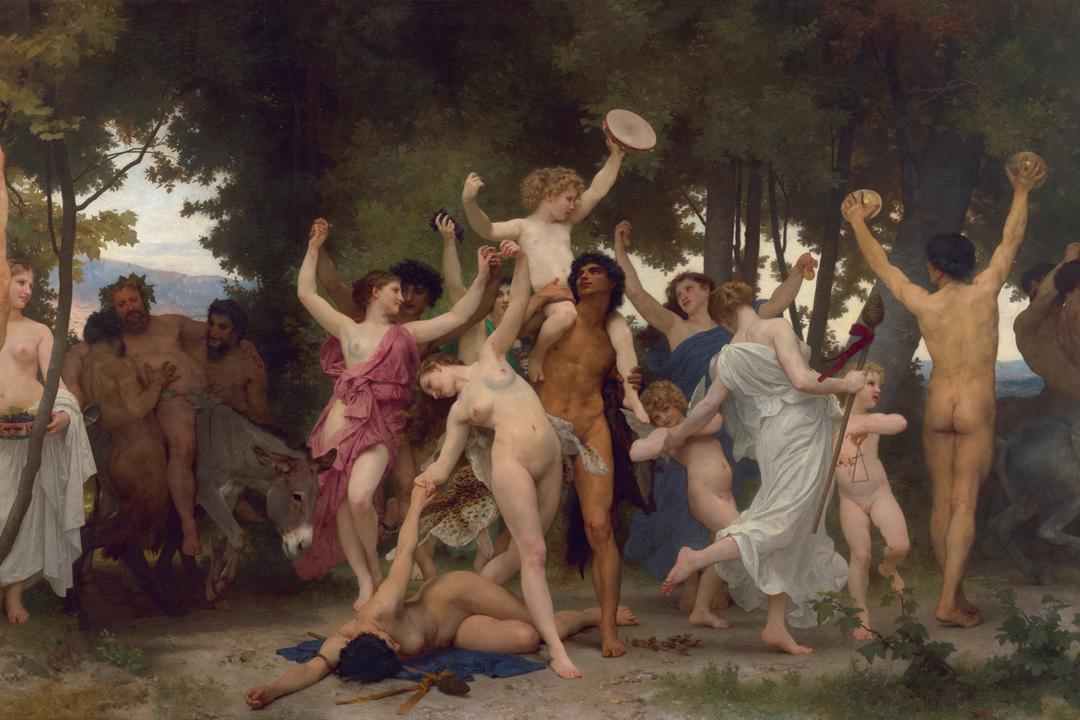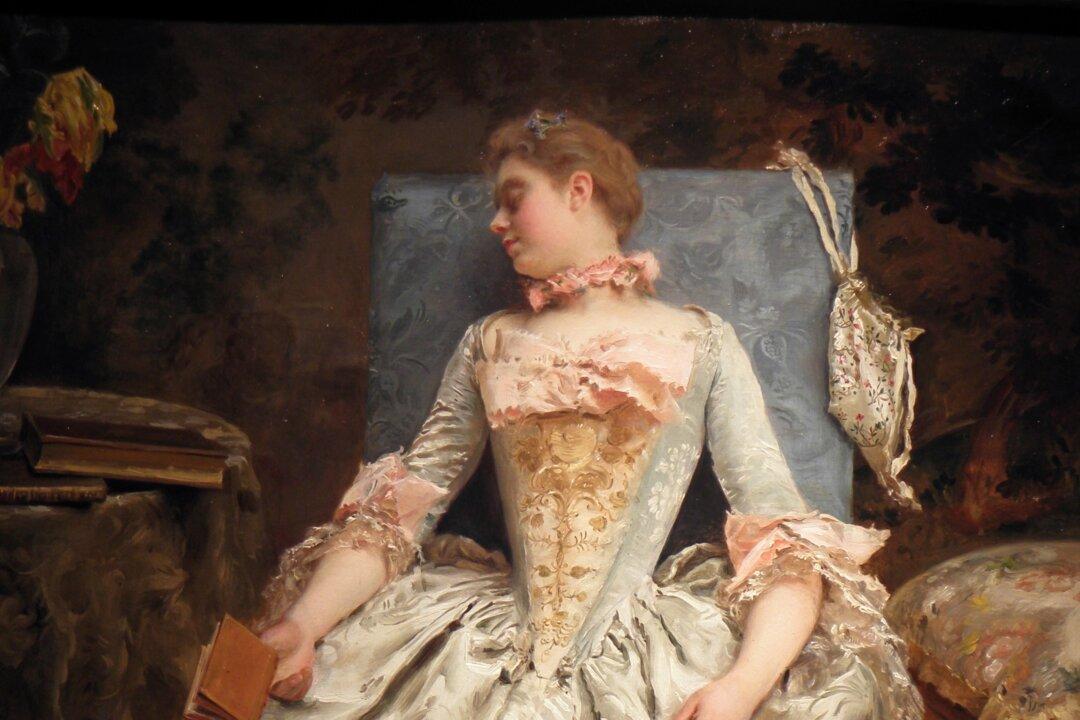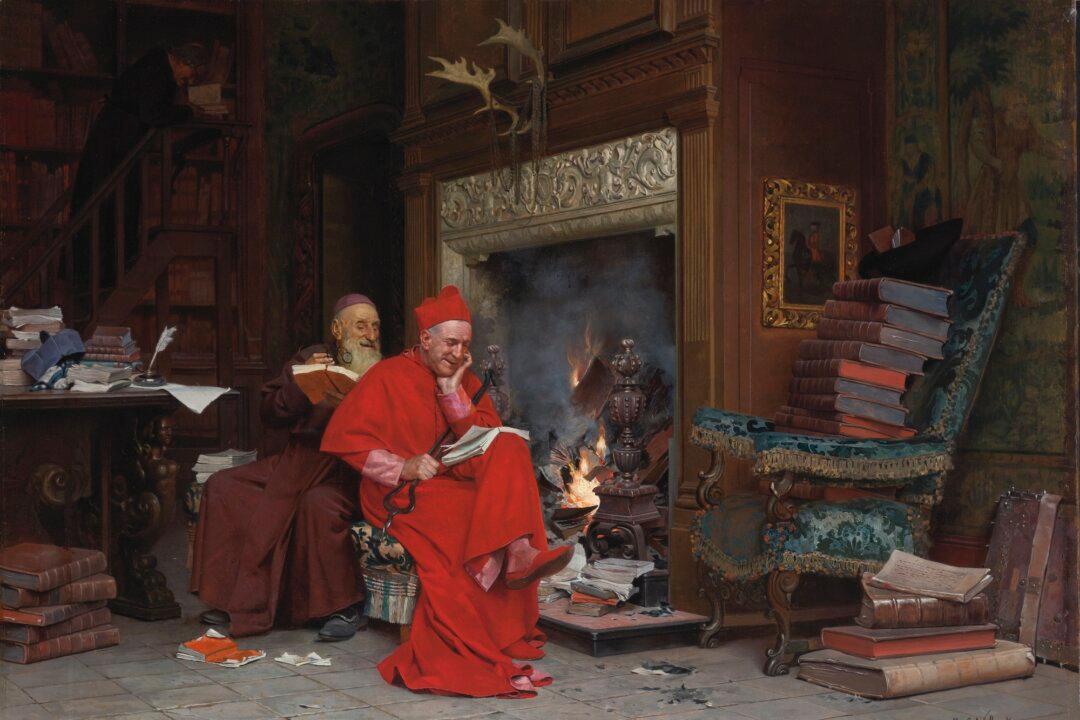Born in Surrey, England, in 1871, Eleanor Fortescue-Brickdale (1871–1945) was a well-respected illustrator and painter of her day. In 1896, she created a lunette titled “Spring,” which was used in the Royal Academy Dining Room. In 1902, she had the honor of becoming the first female member of the Institute of Painters in Oils.
She illustrated many books, including “Poems by Tennyson,” and “Story of St. Elizabeth of Hungary” by W.M. Canton, and “A Diary of an 18th Century Garden,” by Dion Clayton Calthrop, to name a few.





